How to germinate zucchini seeds quickly?

Planting sprouted zucchini seeds has undeniable advantages over dry sowing. What are the advantages and in what ways you can germinate seeds before sending them into the soil, we will tell you in our article.
The need for a procedure
It is possible to plant non-germinated seeds in open ground, but the result of the seedlings will be completely different - the shoots will appear later and unevenly. The benefits of planting hatched seeds are as follows.
- Seedlings appear faster, 7-15 days earlier than from dry planting material. For seeds to germinate quickly, the air must be warm and the soil moist. It is difficult to agree with the weather, but it is quite possible to create such conditions at home.
- During home germination, the whole process is easily controlled: frail seeds are removed and developed ones are left.
- In addition, this method allows you to check the germination, there are cases when the material is completely unviable. If it is of high quality, then it will hatch on the fourth day, but if this does not happen even on 7-8 days, then you will have to go to buy other seeds. Planting dry planting material directly into open ground, we find out much later about its failure and lose a lot of time, since germination in the soil lasts longer.
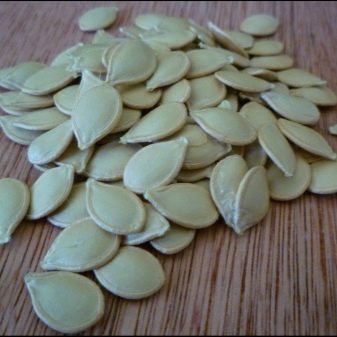
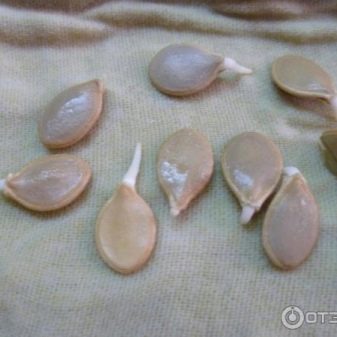
You can germinate seeds in advance for different purposes: before planting seedlings or preparing them for sowing in the garden.
Preparation
In order for the harvest in the future to be successful, gardeners carry out mandatory seed preparation. Treatment of planting material is equally necessary for both dry sowing and preliminary germination. To increase the vitality and speed up the growth process of zucchini, certain actions are performed with the seeds.
- They are calibrated, small and damaged specimens are sifted out, leaving larger and higher quality material.
- After soaking the seeds in a weak solution of manganese for 40 minutes, they destroy pathogenic bacteria and disinfect the material.
- Staying in the refrigerator for several days before planting will help to harden the seeds. To do this, they are wrapped in a damp cloth.
- They awaken the material with the contrast of temperatures. First, it is kept in hot water (50 degrees) for several hours, then immersed in cold liquid for several minutes.
- For active germination, you can use growth stimulants such as Energen, NV-101, Zircon, Epin. Processing should be carried out according to the instructions accompanying each specific drug.
- Nitrophoska will help to feed the seeds if you hold them overnight in a previously diluted solution.

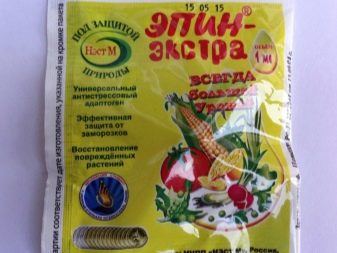
Any of the above methods will help you achieve the best results - just choose the one you like from the list.
Germination methods
In order for seeds to sprout quickly in the soil, they need to germinate correctly. This should be done a week before planting outdoors. In contrast to the sowing method in the garden at home, we can create optimal conditions to speed up the pecking process. For this it is necessary to provide:
- room temperature in the range of 16-25 degrees;
- high humidity;
- fresh air supply;
- no obstacle to the exit of the root from the seed.
There are many ways to germinate planting material: in sawdust, in soil mixture, with a damp cloth, in humus, and even using toilet paper. Let's consider each option separately.
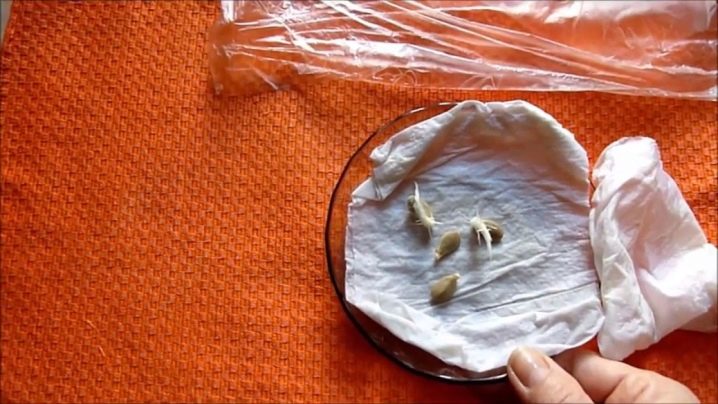
In sawdust
You can take sawdust of different types of trees, but it is better to use conifers. They contain antiseptic substances that help disinfect the seeds. Growth in small sawdust is more comfortable, they absorb moisture well and slowly give it to the hatching roots. You should not take the material after processing plywood and chipboard, as it contains glue elements.
There are many ways to germinate seeds in wood waste.
- Fresh sawdust is poured into a box, seeds are spread on the surface in increments of 2 cm. Then the planting material is sprinkled with a small layer of sawdust and moistened with water with the addition of boric acid and potassium solution. The box is installed in a warm place and make sure that the contents are always moist; for this, a spray bottle with warm liquid is used.
- When using rotted sawdust, they must be treated with a manganese solutionto kill fungus and pathogens. To do this, they are left for a day in a closed container with holes at the bottom, through which the excess potassium permanganate gradually flows down. After that, the sawdust is thoroughly mixed and used for germinating seeds. Overripe wood residues accumulate heat weaker than fresh ones; in other manifestations, the difference is not observed.
- Hot way. Fresh sawdust is laid out in a box and poured over with boiling water until completely wet. Then seeds are planted in the hot material and sprinkled with sawdust. The planting material does not suffer from the hot temperature, and germination due to this method is activated on the 2nd day.
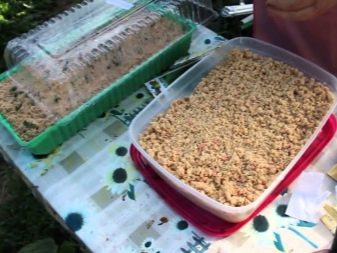
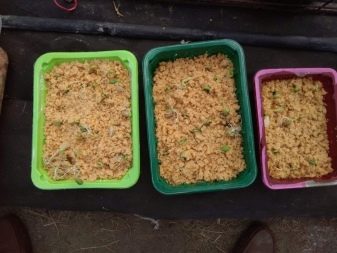
Sprouted seeds are easily removed from sawdust, they do not get stuck, as in methods with a cloth. The dive is tolerated without stress. Zucchini is harvested 2 weeks earlier than when planting with dry seeds.
In the soil mixture
A soil mixture is land from your own garden, combined with various additives: mineral fertilizers, peat, sand, sawdust, humus. In a small layer of such soil, placed in any container, prepared seeds are germinated. To do this, it is enough to moisten the soil well, spread the planting material on the surface and deepen each seed by 1–2 mm with a pencil.
In a soil mixture, you can only achieve pecking of seeds, and then transplant them into open ground, or you can leave and bring them to the state of seedlings. In any case, the soil with additives forms a lump around the spine, and it becomes problematic to remove the sprout. A piece of earth will not form if sand and sawdust are introduced into the soil mixture: they do not glue the soil together.
At the same time, the latter retain moisture well, and the former provides air access to the roots.
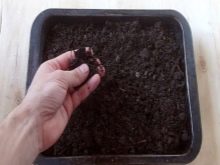
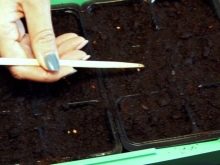
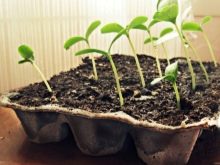
In the fabric
Germinating zucchini seeds in fabric is a favorite way of summer residents. The planting material is prepared directly in the apartment and at the same time there is no dirt, it takes up little space, the aesthetic appearance of the kitchen does not spoil.
The algorithm of actions for germination is as follows.
- Place a piece of wet cloth on the bottom of a regular plate or bowl.
- Spread the seeds on it, trying to do it evenly.
- Cover the top with another piece of cloth and moisten well. It is undesirable for seeds to swim in water, but moisture must be constantly present. Water must be used standing or well, without chlorine.
- Place the plate in a warm place (20-30 degrees).
- The seeds will sprout in 2-3 days. All this time, it is necessary to ensure that the fabric is wet, otherwise the planting material will dry out and will not hatch.
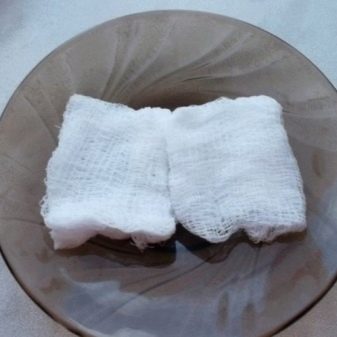
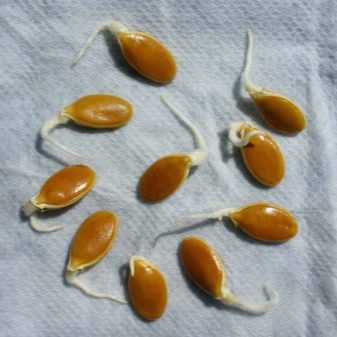
To accelerate the germination process and a good harvest in the future, various nutritional and antiseptic preparations are added to the water:
- growth stimulants;
- nitrophoska solution;
- potassium permanganate;
- hydrogen peroxide.
The harvested seeds must be immediately transferred to cups or container for seedlings. And you can plant in open ground if the weather is already warm.It is important not to overexpose the planting material, otherwise it will begin to grow through the tissue, as a result of which, when removed, the roots will break off, and it will no longer be possible to plant the seeds.
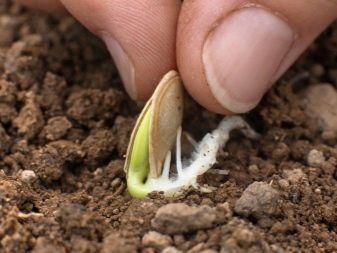
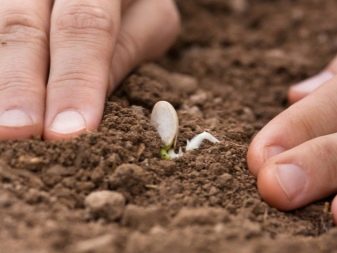
In toilet paper
Germinating seeds with toilet paper is safer than using a wet wipe. If you miss it, the roots will not grow into the paper, as happens with the fabric.
Soft paper that decomposes in water creates all the conditions for pecking of the planting material: maintains a warm temperature and the required humidity. And that's not all - due to the presence of cellulose in its composition with the presence of polysaccharides, the seeds receive certain organic fertilizers.
Now let's talk about the different ways to germinate using toilet paper.
Option number 1 - seeds in a transparent plastic glass
For this method, the cellophane film is cut to the width of the toilet paper and approximately 40 cm long. Paper is laid out on the strips of the film, moistened with a spray bottle and the seeds are spread over the surface. The strips are rolled into a roll with the paper inward.
It is necessary to monitor the volume of homemade products, otherwise it will not enter the glass. Water is poured into the bottom of the container, in height - no more than 3 cm, its presence must be monitored several times a day.
It is better if the seeds are wrapped closer to the top of the roll - it will be difficult for them to break through the structure from below.

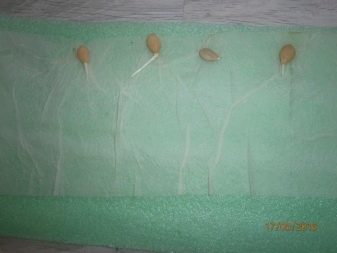
Option number 2 - seeds on a plate
6-7 layers of toilet paper are laid out on a plate, moistened and the seeds are spread at a short distance, but so that they do not interfere with each other. From above, the dish is tightened with cling film or covered with polyethylene, this will allow moisture not to evaporate too quickly. The structure is sent to a warm place (25-30 degrees). If the paper starts to dry, you need to remove the film and moisten the seeds.


Option number 3 - seeds in a plastic bottle
The clear plastic bottle is cut in half along its entire length. Take one of the halves and put toilet paper in it, 8-10 strips thick. Then the paper is abundantly moistened and seeds are spread on it. The whole structure is packed in a cellophane bag and closed. Such a homemade product can be the longest without adding water, since it maintains moisture due to condensation.
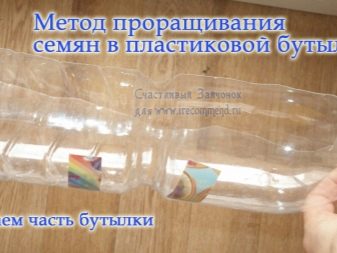
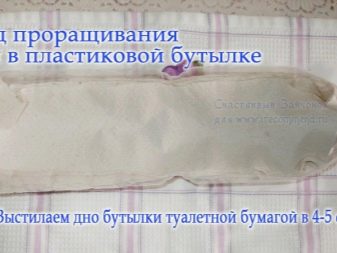
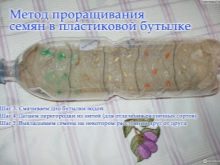

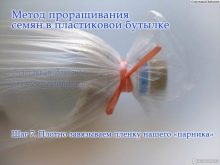
Useful Tips
For those who are interested in growing zucchini, we have selected a number of useful tips from experienced gardeners. Their recommendations will help prepare seeds by sprouting before planting in open ground.
- It is best to soak the seeds in slightly warmed well or melt water: it retains all the nutrients and does not contain chlorine.
- You need to purchase planting material from trusted suppliers, otherwise it may turn out to be unviable, no matter how it is germinated.
- Overflowing with water while soaking is just as damaging to the seeds as completely drying out the litter. Moisture should not protrude above the surface by more than 1–2 mm.
- Some gardeners keep the seeds in a tightly closed bag for 10 hours before soaking. This method creates a greenhouse effect that helps to soften the dense seed crust.
- The planting material can be considered ready for sowing if the root is 0.5–1 cm long (no more). Parts that are too long will injure and break during seeding.
- Sowing of hatched seeds is carried out only in abundantly moistened soil.
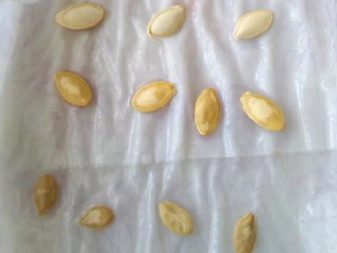
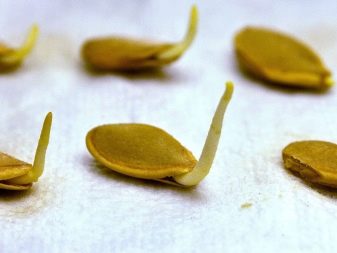
Zucchini are not capricious, their seeds almost always sprout, but if you help them to hatch, the culture will grow faster, and if the planting material is properly processed before germination, you can get a bountiful and healthy harvest in the future.













The comment was sent successfully.